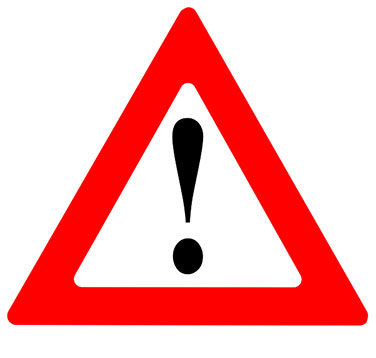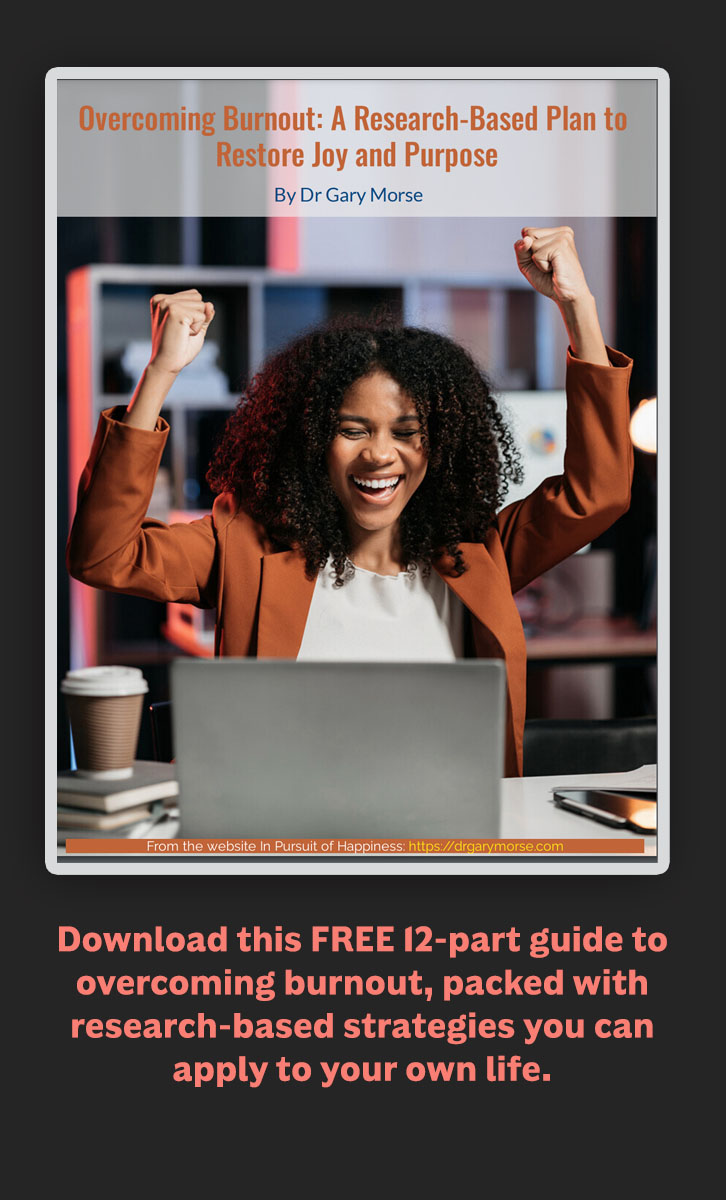In this second post in the Overcoming Burnout series, we will look at the first steps for overcoming burnout.
Although many factors, like conditions at work, can contribute to your feeling burned out, you have the power to combat burnout and enhance your well-being.
One of the first key building blocks for doing so is to recognize that burnout, like many other health conditions, is induced by stress.
More to the point, stress—such as a demanding deadline at work—can trigger initial symptoms of burnout. These symptoms can worsen over time, especially if your stress continues to accumulate. Eventually, they can lead to the full-blown, distressing and dysfunctional condition of burnout.
The good news is that you can learn to manage the symptoms of burnout—or even prevent burnout—by using coping strategies and skills.
An important tool for learning to manage or prevent burnout is to take a functional analysis perspective, as the BREATHE program does.
Functional Analysis
Functional analysis is a framework used to understand a variety of behavioral health conditions. It has three main components:
- Recognizing warning signs or symptoms of the condition
- Identifying triggers (or antecedents) of the symptoms and condition
- Developing actions to cope with or prevent the condition.
Let’s dig a little deeper into these three points.
Recognize Your Warning Signs and Symptoms
Sometimes it can feel like you are just suddenly and completely burned out.
Although we sometimes experience burnout as a total (and unwelcome) surprise, burnout often develops over time.
But with some knowledge and self-awareness, you can learn to recognize your early symptoms of burnout as warning signs before you notice the clear and full effects of being burned out.
This is critically important because recognizing your early warning signs will give you the opportunity to quickly take action to beat back burnout before it becomes full-blown.
People vary somewhat in their early symptoms or warning signs of burnout. One person may first have emotional symptoms, such as feeling tense or irritable. Another person may have headaches or trouble sleeping the night before work. Still another may start by feeling critical toward clients or coworkers, or by thinking of calling in sick.
A number of different symptoms—especially ones related to your emotions, your health, your relationships, or your job—can be early warning signs.
The important step is to recognize your personal behaviors and symptoms that suggest that burnout is building up for you.

Image by Clker-Free-Vector-Images from Pixabay
Think about your experiences.
How do you feel and act when you first start to feel burned out?
If you are not sure about how this has happened in the past, pay attention to your feelings and actions the next time you start to feel stressed out. It can also help to consider lists of burnout symptoms which may increase your understanding of your own early symptoms and warning signs.
So take a moment, and ask yourself: What are your personal, early warning signs of burnout?
A first step in helping to prepare a personal plan to combat burnout is to write down your individual warning signs. A simple worksheet for doing so is provided in a handout. Try it out!
Identify Your Triggers
Burnout sometimes also feels like it comes out of nowhere.
“It just happened,” people sometimes say.
Although this can sometimes be your experience, burnout from a functional analysis perspective can usually be identified as a reaction to certain stressful events.
These events are often job-specific, such as an onslaught of work projects, demanding schedules, little time or few resources to complete work tasks, little autonomy to do the job you believe is best, or a critical boss.
But burnout can also be triggered by personal situations, such as going through a relationship breakup or dealing with a serious family illness. Stressful events in your personal life makes you more susceptible to work stress that you would otherwise typically manage.
There is no shortage of events that can trigger the early stages of burnout. And while there are common events, triggers are often personal. Events that are stressful and evoke a burnout reaction in one person may not in another person. Each person has his or her own personal set of triggers.
Once again, the important step is to recognize your own, individual triggers for burnout. Doing so can help you to formulate a plan of attack to cope with the stressful events and to combat burnout.
So, what are your personal triggers?
Think about your work experience: What events or situations have evoked feelings of burnout for you? It may help to review a list of common events that trigger burnout.
Writing down your personal triggers is another way that you can get ahead of burnout and take action to prevent or minimize the stressful events. Download this worksheet for writing down your personal triggers.
Develop Your Arsenal of Coping Strategies
Identifying your early warning signs and triggers of burnout are two important first steps that lead to the third and most important step:
Deciding how to cope with your burnout stressors and symptoms.
Fortunately, there are a number of strategies and skills that we have found that help people to combat burnout.
In my forthcoming book, Finding Purpose in a Burned Out World: How You Can Overcome Burnout, I identify 22 primary skills (and more than 70 techniques) that fall in eight different groups of strategies.
In the upcoming weeks, I will introduce in blog posts one skill from each of the eight areas (all 22 skills and 70-plus techniques are presented in detail in the book Finding Purpose in a Burned Out World).
For now, though, it is useful to keep in mind a few key beliefs that will help you fight burnout.
Guiding Principles

Photo by Maddi Bazzocco on Unsplash.com
The BREATHE approach for tackling burnout is grounded in eight core principles, as described in Finding Purpose in a Burned Out World. Three of these may be especially helpful to you right now:
- Set a Personal Intention.
Many factors, some of which are beyond your control, affect us. Some of these can lead to burnout. But fortunately, we are not passive hostages to stress, even in the face of great difficulty. Each of us has considerable potential and abilities. A fundamental step to improve your well-being is to set a personal intention and commitment to combat burnout.
- Choose Your Own Path.
There is no shortage of ideas you can try to fight burnout. It can be helpful to consider many possibilities, but ultimately, it is up to you to choose which of the many actions to take to enhance your well-being at work. You are the final authority on yourself. Use your own freedom of choice and self-knowledge to determine what actions you will take to overcome burnout.
- Care for Yourself.
It is difficult for some of us to care for ourselves. Millions of us grew up in families where we learned to care for the needs of others while neglecting our own needs. In addition, we sometimes simply feel too busy to do what we need to care for or renew ourselves. But caring for yourself is essential for your own health and well-being and for overcoming burnout. Further, caring for yourself does not necessarily mean being uncaring for others. In fact, when we take care of our health and emotional needs, we are often in a better position to care for others and to perform at higher levels at work.
Next Steps
The guiding principles and functional analysis framework are basic building blocks for overcoming burnout. Even more important, however, are finding the skills and strategies that you can use to cope or prevent burnout.
The next set of blogs will introduce eight key skills for you to do just that!
Credit: Lead photo is by Nick Page on Unsplash.com



Follow Me: